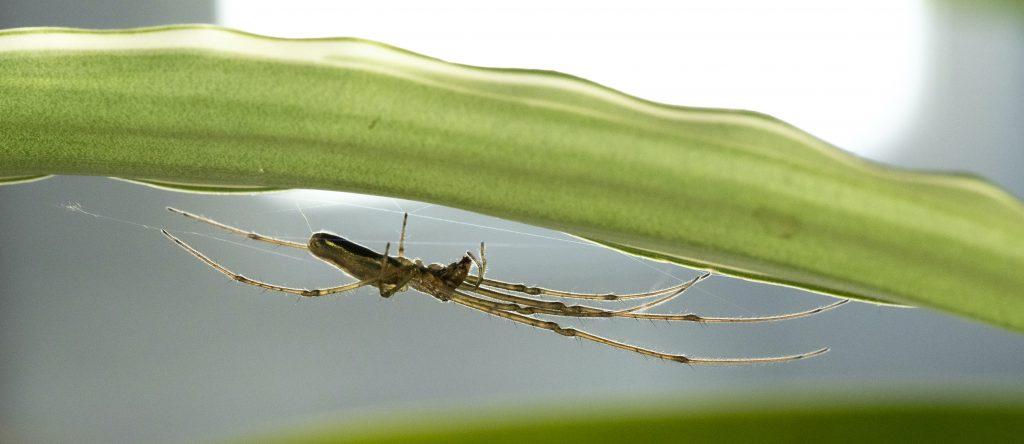
California Conservation Genomics Project
The Eight-Eyed Expedition is part of the California Conservation Genomics Project (CCGP), a state-funded initiative with a single goal: to produce the most comprehensive and taxonomically diverse genomic data set to identify conservation needs and help manage regional biodiversity. The CCGP brings together many of California’s leading experts working at the interface of genomics and conservation science to provide decision makers with a coordinated, synthetic collection of cutting-edge genomic resources and analyses specifically targeted to inform best conservation decisions in the face of rapidly accelerating species declines resulting from habitat loss and climate change.
This project will collect and sequence the genomes of native Tetragnatha spiders found in California to better understand the spatial organization of genetic variation in these species, known as their ‘genetic structure’. The spider family Tetragnathidae , the Long-jawed spiders, are characteristic of sensitive habitats, notably riparian areas. There are six species that commonly occur in California, and we are studying the most widespread of these species: T. laboriosa and T. versicolor. These organisms are tightly associated with water, and play a very important role in California watersheds. By learning about these species’ genetic structure, we can learn about factors affecting these spiders’ populations. For example, is their population structure primarily dictated by the geography of our California watersheds? How do habitat conversion and the diversion of waterways affect how these spiders are able to move and thrive on the landscape? If these spiders are so tightly tied to waterways, how did they come to be so widely distributed across so many different kinds of habitat?
We are using iNaturalist and a community science initiative to distribute the collecting effort and engage the public in learning more about local biodiversity.
